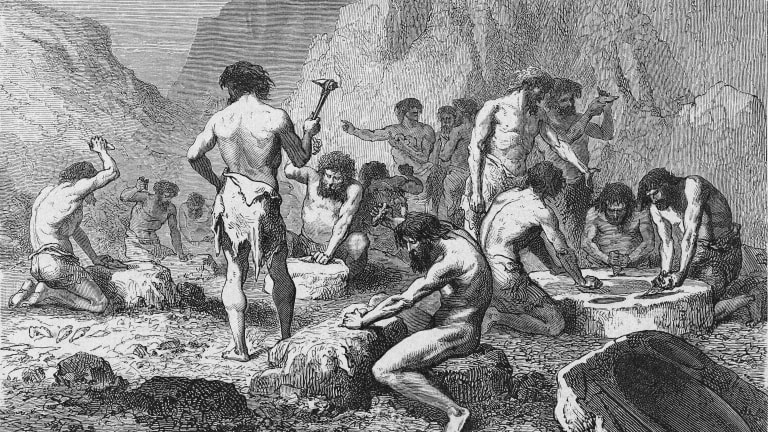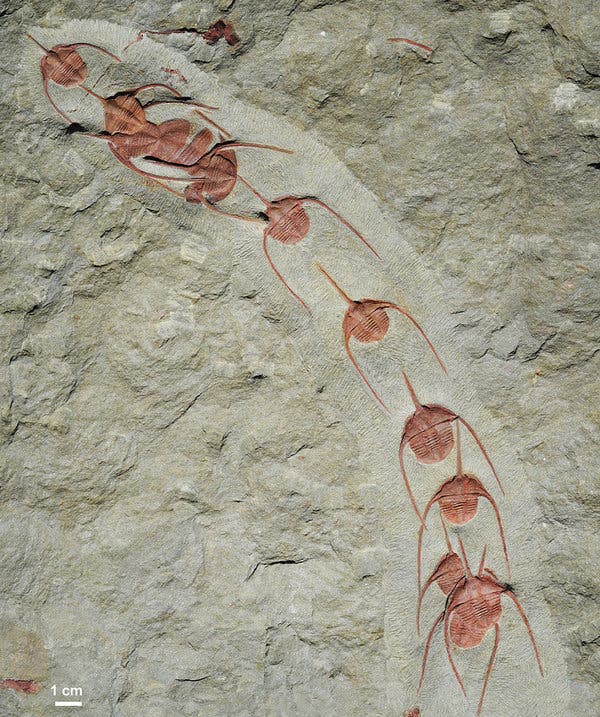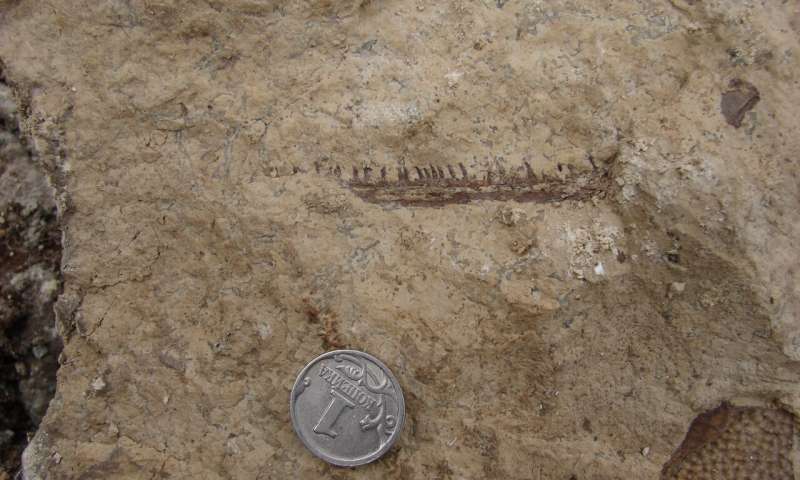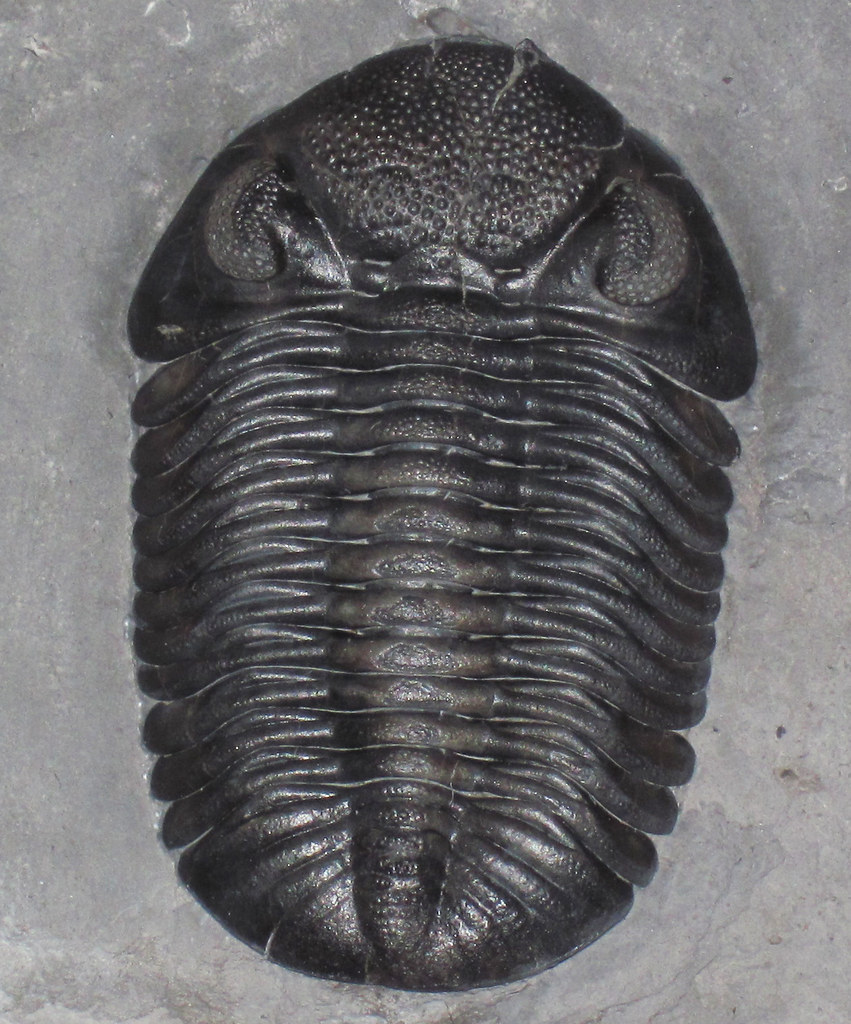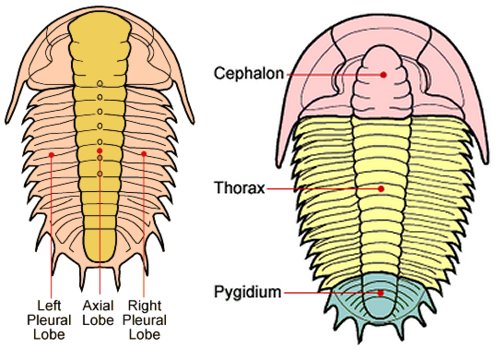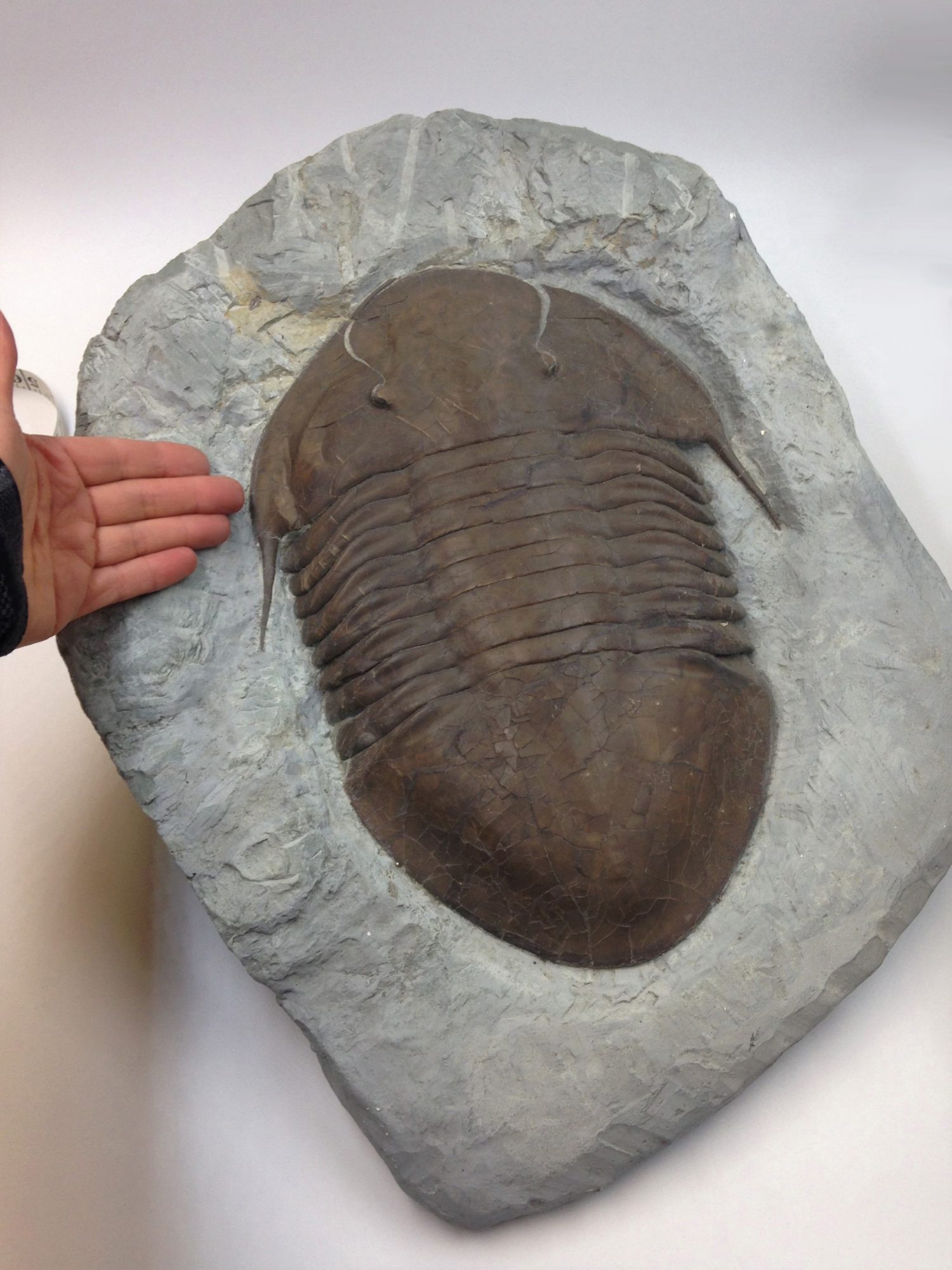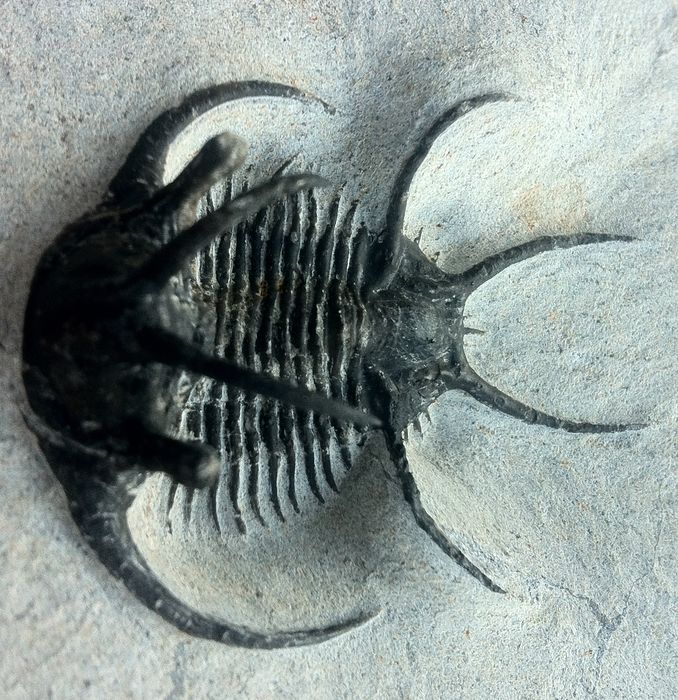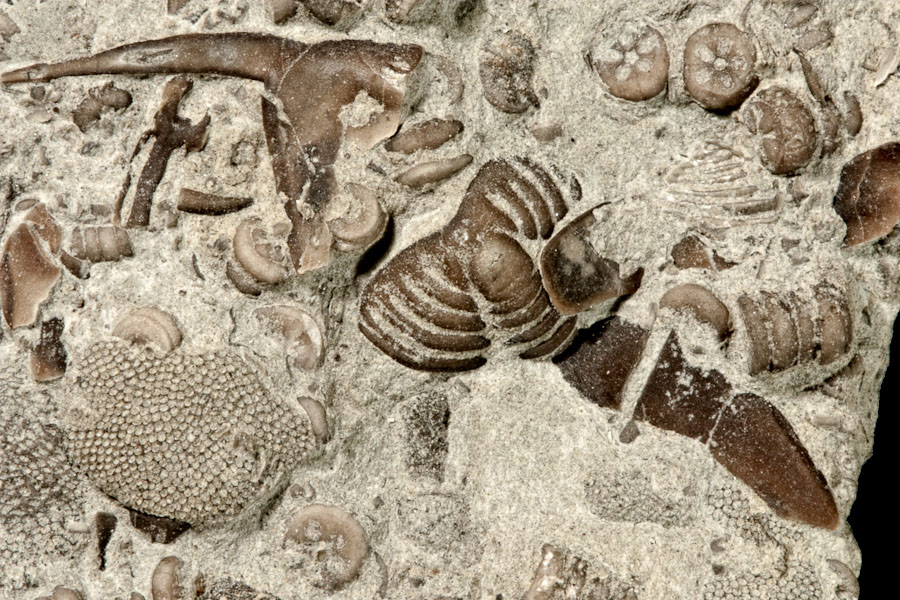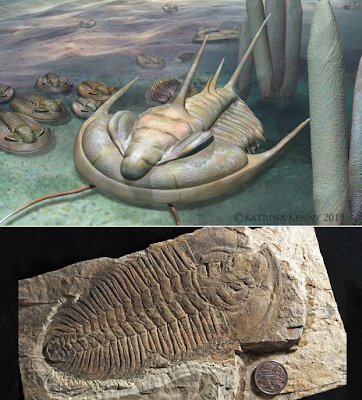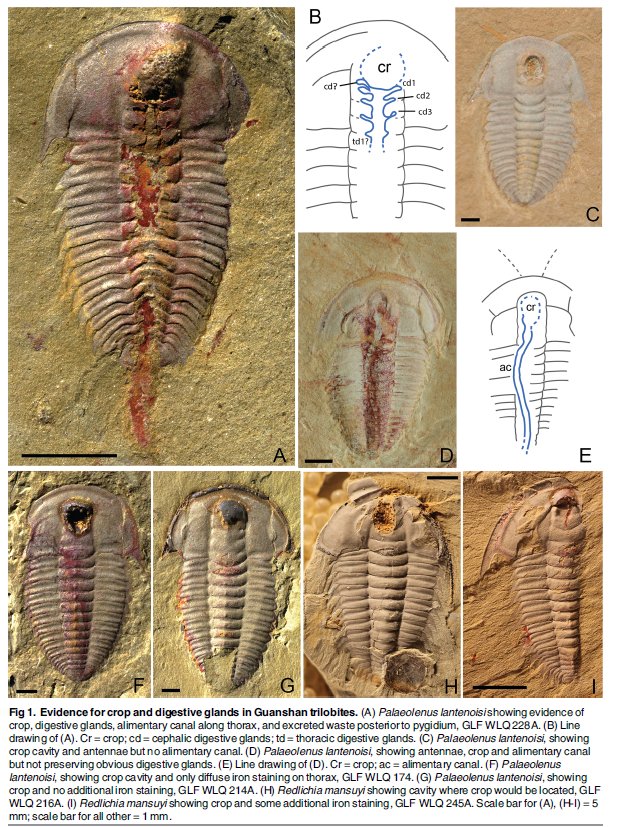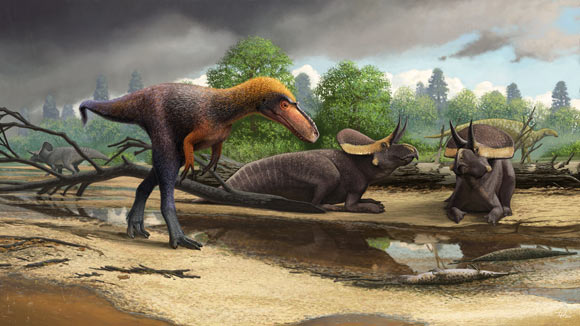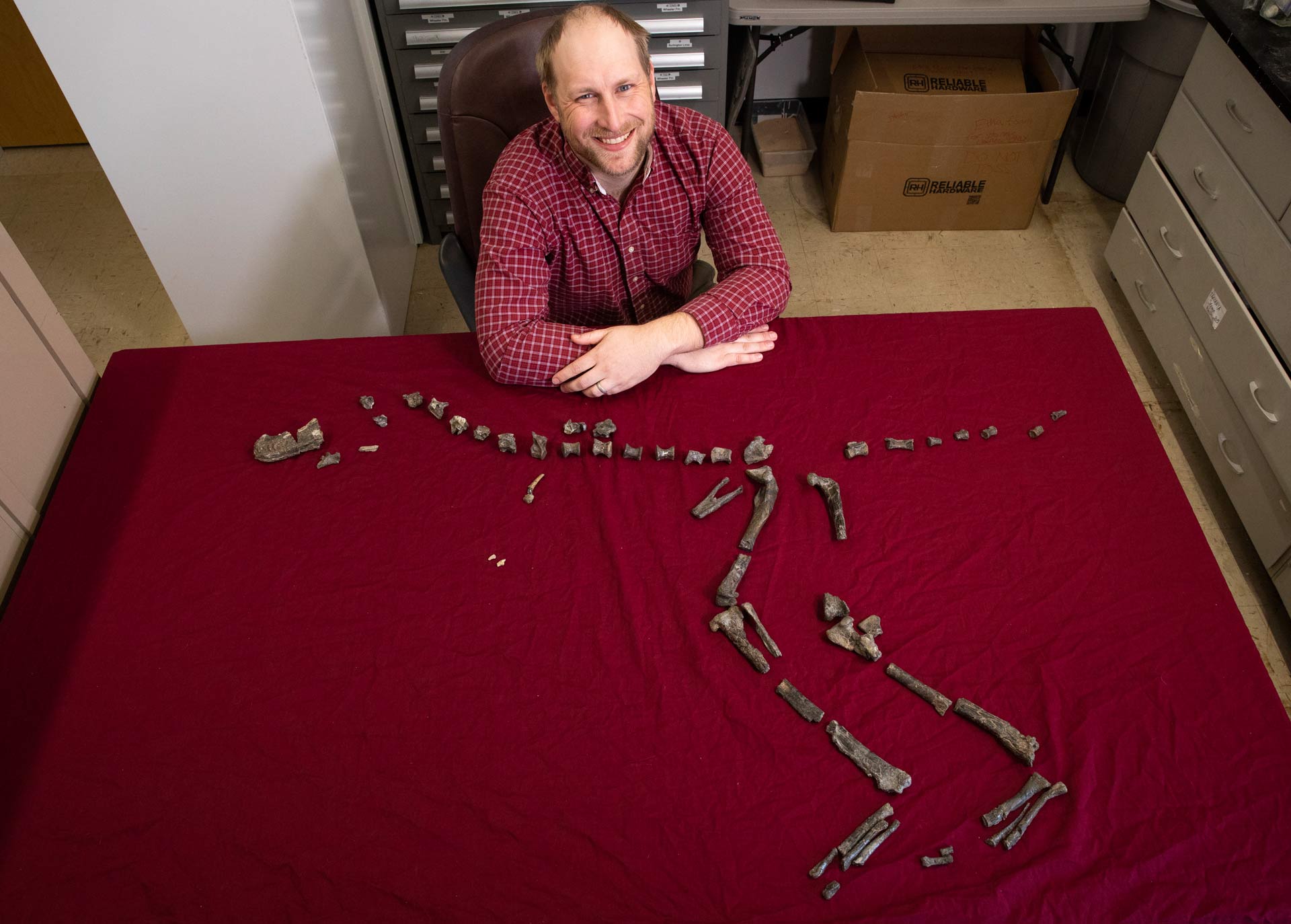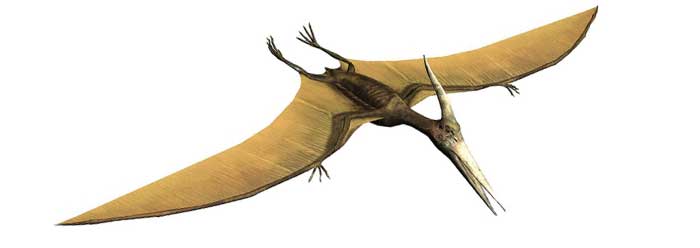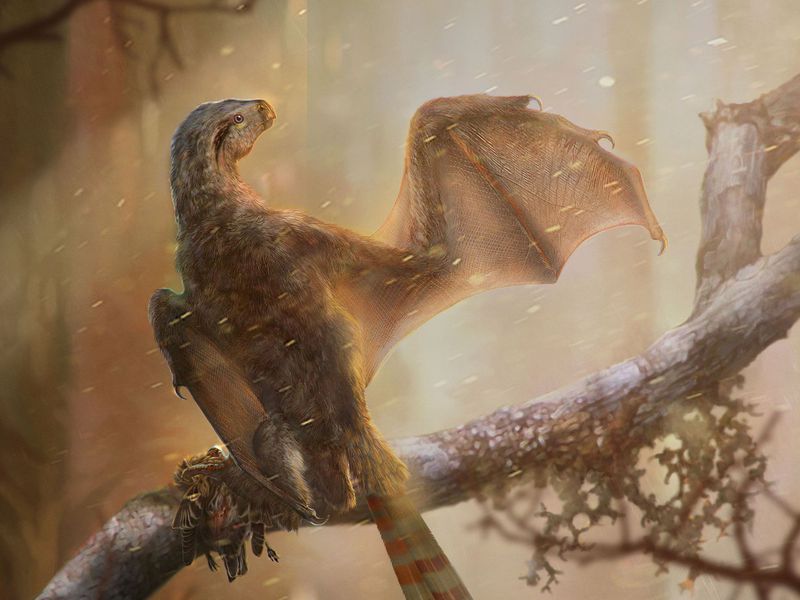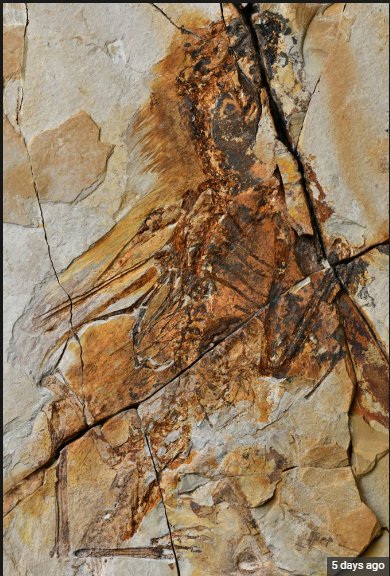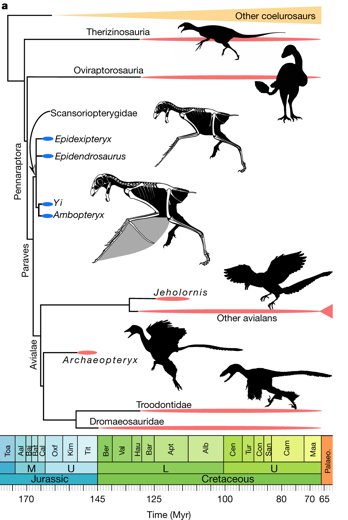Now I’d be the first person to point out the science of paleontology is about a lot more than just dinosaurs. Dinosaurs are just one of the myriad groups of once living creatures that we only know about through their fossilized remains. Still, what kind of creature do we immediately think of when we think of paleontology? Dinosaurs that’s what! So this month’s paleontology post is all about dinosaurs.
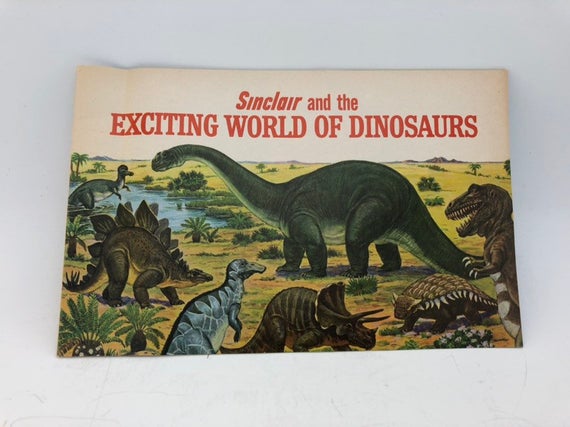
Everyone knows that animals get sick just the way that we humans do. When you hear stories about swine flu or bird flu remember that those diseases are given their names because they actually came from those animals. Even extremely deadly human diseases such as smallpox and bubonic plague are actually diseases of cattle and rats respectively.
With modern instruments paleontologists can sometimes even find the telltale evidence of diseases in the fossils that they unearth. It’s actually true, Tyrannosaurids (the family of T rex) have been found with evidence of gout while osteoarthritis has been diagnosed in Iguanodons.
A recent study has been published by lead author Bruce M. Rothschild of Indiana University and the Carnegie Museum in the journal Nature. What Doctor Rothschild and his colleagues have found are lesions produced by the cancer Langerhans cell histiocytosis (LCH) in the tailbones of a duck billed Hadrosaur from Alberta Canada. The exact species of the Hadrosaur whose bones were studied could not be exactly determined because the animal’s skull was not found.
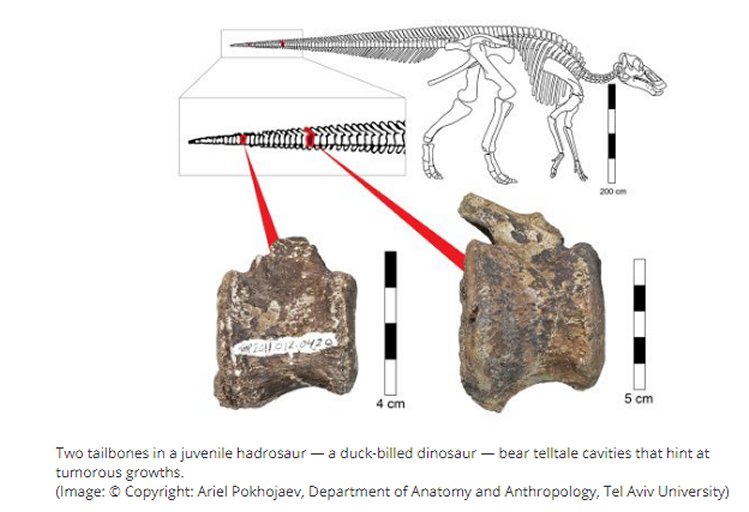
Now normally Langerhan cells in the body regulate the immune system but in LCH overproduction of Langerhan cells leads to the growth of benign tumors called granulomas in the bone marrow. After the death of the Hadrosaur the cancerous Langerhan cells decayed along with the animal’s normal cells so that the tumors left cavities in the dinosaur’s tailbones, cavities that could be studied using both microscopes and other instruments. Based on the evidence provided by those studies the Doctor Rothschild and his colleagues were able to determine that LCH is the closest match in form to the cavities in the Hadrosaur’s tail.
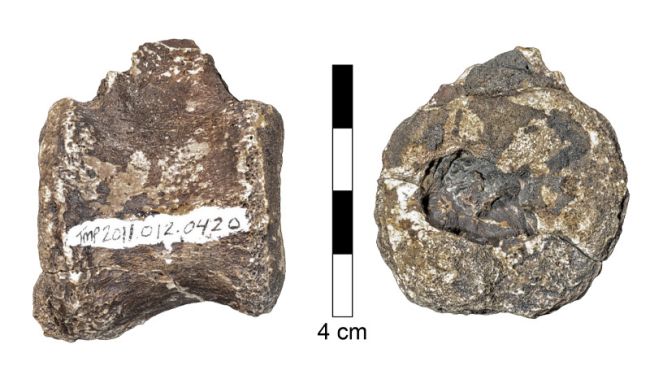
Recognizing and studying the diseases that plagued animals in the past may help us to better understand how those diseases ever arose in the first place. In any case the knowledge that those animals suffered from diseases just as we do helps to remind us of one of the things that all living creatures have in common.
There’s something else that we and dinosaurs may have in common, warm blood. The possibility that dinosaurs may have evolved to have been able to maintain a warm internal body temperature has been around for about the last fifty years, and during that time a great deal of circumstantial evidence to support the idea has accumulated. Not everyone is convinced however, so each piece of new evidence strengthens the case for dinosaur warm-bloodiness.
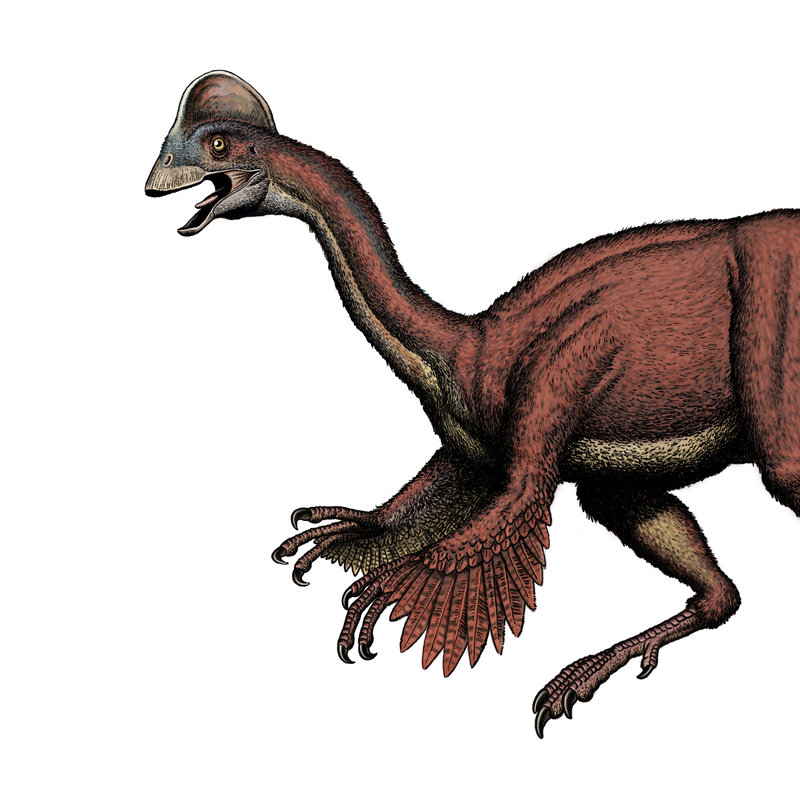
The latest discovery comes from an examination of the eggshells of cretaceous era dinosaurs in a paper published in the journal Science Advances with lead author Robin R. Dawson of Yale University’s department of Geology and Geophysics. Using a newly developed technique called ‘Clumped Isotope Paleothermometry’ the researchers measured the ordering of oxygen and carbon atoms in the wall of a fossilized eggshell as a means to determine the mother’s internal body temperature.
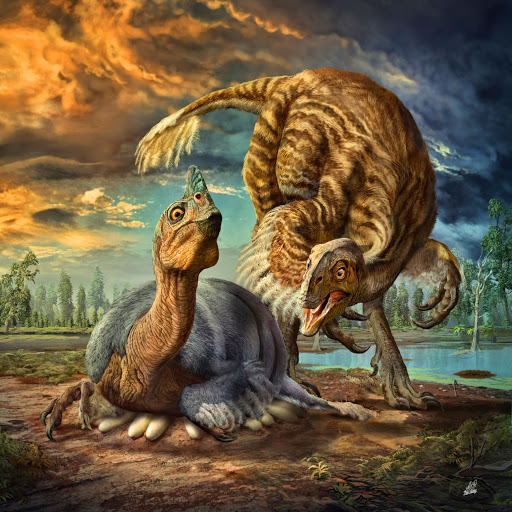
Using this technique the paleontologists were able to measure the internal temperatures of three distinct species of dinosaurs. Troodon, a small theropod related to T rex whose body temperature was determined to be 38ºC and Maiasaura, a duck billed dinosaur whose body temperature was found to be 44ºC. The specimens for both of these species came from Alberta, Canada. The final species to have their eggshells tested is named Megaloolithus, which comes from Romania and is known only by its eggs, and whose temperature was found to be 36ºC.

Now the scientists had to be careful, remember cold-blooded means that an animal’s body temperature is the same as the ambient air around it. So if those eggs were laid on a hot summer’s day the mother’s body temperature could still have been as high as 44ºC! The researchers needed to find a control to test, the egg of a definite, known cold-blooded animal which would give a measurement of the air temperature.

Fortunately they were able to find the necessary eggs allowing the temperature of the mother Troodon to be determined to be about 10ºC warmer than the temperature of the ambient air while the Maiasaur mother’s body temperature was 15ºC warmer. The Megaloolithus mother was also found to be 3-6ºC warmer than the air temperature. This research provides yet one more piece of evidence that dinosaurs were warm-blooded. Further advancing the argument that dinosaurs were actually more like modern birds than the ancient reptiles from whom they evolved.

